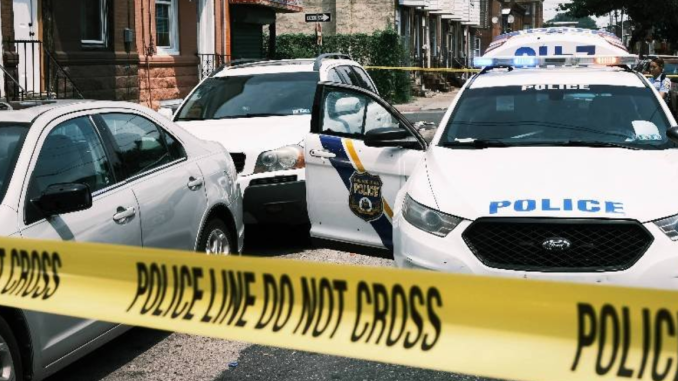
The astounding drop in violent crime that began in the 1990s and extended through the mid-2010s is one of the most important — and most underappreciated — good news stories of recent memory. That made its reversal during the pandemic so worrying.
In the first full year of the pandemic, the FBI tallied 22,134 murders nationwide, up from 16,669 in 2019 — an increase of roughly 34 percent, the sharpest one-year rise in modern crime record-keeping. In 2021, Philadelphia alone recorded a record 562 homicides, while Baltimore experienced a near-record 337 murders. Between 2019 and 2020, the average number of weekly emergency department visits for gunshots increased by 37 percent, and largely stayed high through the following year.
{snip}
And yet even as the presidential campaign was unfolding, the violent crime spike of the pandemic had already subsided — and crime rates have kept dropping. The FBI’s 2023 crime report found that murder was down nearly 12 percent year over year, and in 2024 it kept falling to roughly 16,700 murders, on par with pre-pandemic levels. The early numbers for 2025 are so promising that Jeff Asher, one of the best independent analysts on crime, recently asked in a piece whether this year could have the lowest murder rate in US history.
All of which raises two questions: What’s driving a decrease in crime every bit as sharp as the pandemic-era increase? And why do so many of us find it so hard to believe?
The crime wave crashes
We shouldn’t jump to conclusions about this year’s crime rates based on the early data, especially since we’re just now beginning the summer, when violent crime almost always rises. Crime data in the US is also patchy and slow — I can tell you how many soybeans the US raised in March, but I can’t tell you how many people have been murdered in the US this year.
{snip}
Peer down to the local level, and the picture just keeps getting better. In Baltimore, which The Wire made synonymous with violent, drug-related crime, homicides fell to 199 last year, its best showing in over a decade. As of early May, the city had 45 murders, down another third from the same period last year. City emergency rooms that were once full of gunshot victims have gone quiet.
How much lower could it go nationally? The record low homicide rate, at least since national records started being kept in 1960, is 4.45 per 100,000 in 2014. So far this year, according to Asher, murder is down in 25 of the 30 cities that reported the most murders in 2023. Asher argues that if the numbers hold, “a 10 percent or more decline in murder nationally in 2025 would roughly tie 2014 for the lowest murder rate ever recorded.”
What’s behind the drop?
In short: The pandemic led to a huge increase in violent crime, and as the pandemic waned, so did the wave.
{snip}
But the government, from the national level down to cities, also took direct actions to stem the flood of violence. The White House under President Joe Biden poured hundreds of millions of dollars into community violence interruption programs, which aim to break the cycle of retribution that can lead to homicide. Baltimore’s Group Violence Reduction Strategy has brought together community groups and law enforcement to deter the people considered most likely to get involved in gun violence. And the erosion in police forces nationwide that occurred during the pandemic has largely stopped.
The situation is far from perfect. Even though Floyd’s murder triggered a nationwide reckoning around police violence, recent data shows that police killings kept increasing, in part because fear of crime often stopped momentum around reforms. Here in New York, even as overall crime on the subways has fallen to historical lows, felony assaults on the trains have kept rising, fueling fears of lawlessness.
Why can’t we believe it?
As Memorial Day weekend marks the start of summer, the next few months will tell whether the pandemic was truly just a blip in the long-term reduction in violent crime. But what we can say is most people don’t seem to notice the positive trends. An October 2024 poll by Gallup found that 64 percent of Americans believed there was more crime nationwide than the year before, even though by that time in 2024, the post-pandemic crime drop was well under way.
{snip}
Crime is one of the best examples we have of bad news bias. By definition, a murder is an outlier event that grabs our attention, inevitably leading the nightly local news. Sometimes, as during the pandemic, that bias can match reality. But if we fail to adjust to what is actually happening around us — not just what we think is happening — it won’t just make us think our cities are more dangerous than they really are. It’ll sap energy for the reforms that can really make a difference.